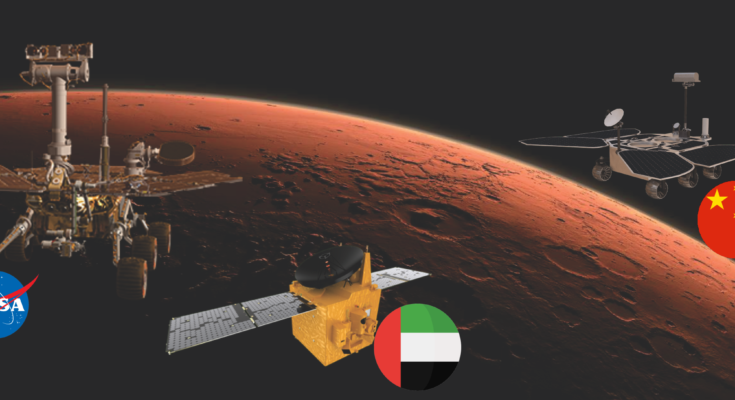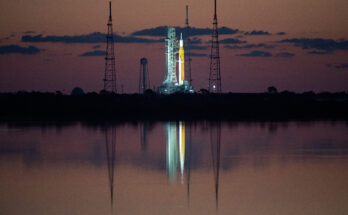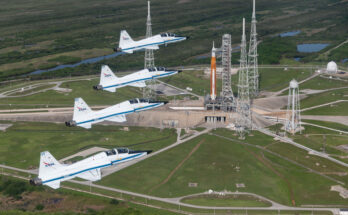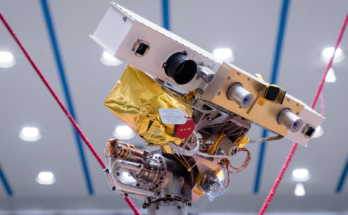After Moon exploration human space exploration changed its interest towards MARS as it is the only planet within our reach that has similar conditions to what we have here on Earth. This month many who are interested in space exploration will turn towards the red planet once again as it is going to be a busy two weeks for Mars with three space crafts from three different countries to reach the planet.
July last year China, United Arab Emirates and NASA launched three rockets equipped with spacecrafts bound for Mars. In every two years the Earth and Mars become close to each other for a very short period of time and last year this event happened during July – August months. So, launching a Mars bound space craft is always economical and less time consuming during this small window of time. All three countries used this opportunity to launch their space vehicles to Mars.
On February 9th the first interplanetary mission from UAE, the HOPE probe entered the orbit around Mars while on 10th February the Tianwen-1, the first interplanetary mission from China too reached the orbit. Tianwen-1 will release a Mars lander with a rover vehicle while on the orbit in the coming months. At the same time the Perseverance rover from NASA is all set to land on Mars on 18th February. Perseverance will be the fifth rover to roam the Mars surface and it’s equipped with a set of tools that has the capabilities to perform a range of experiments there. At the same time the rover will collect Mars samples that will be sent back later in the mission. The perseverance rover is also equipped with a drone helicopter which will be the first vehicle to fly on the Mars atmosphere.
HOPE, UAEs hope on Mars
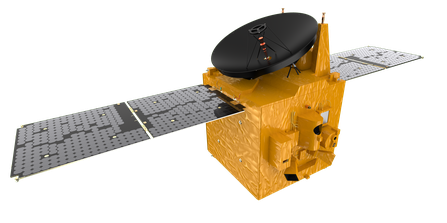
The latest country to enter the interplanetary missions, the United Arab Emirates launched their MARS orbiter on 20th July 2020 from the Tanegashima Space Centre in Japan. The orbiter named Hope is expected to examine the Mars atmosphere in detail and get an idea on how Hydrogen and Oxygen escape the Martian atmosphere in to the space.
The probe is expected to stay in orbit for One Martian Year (about 2 Earth years).
Tianwen-1: Another first from China

On 23 July 2020 China National Space Administration (CNSA) launched their first interplanetary mission targeting the red planet. The space craft successfully reached the orbit around the planet on 10th February. This robotic spacecraft is equipped with an orbiter, deployable camera, lander and rover. With thirteen Scientific instruments on board the Tianwen-1 weighs around 5 tons. This project is mainly targeted at examining the geology of Mars and the past and present presence of water on the planet.
The project is also expected to run for One Martian Year (about 2 Earth years).
Perseverance: The fifth NASA rover to land on MARS
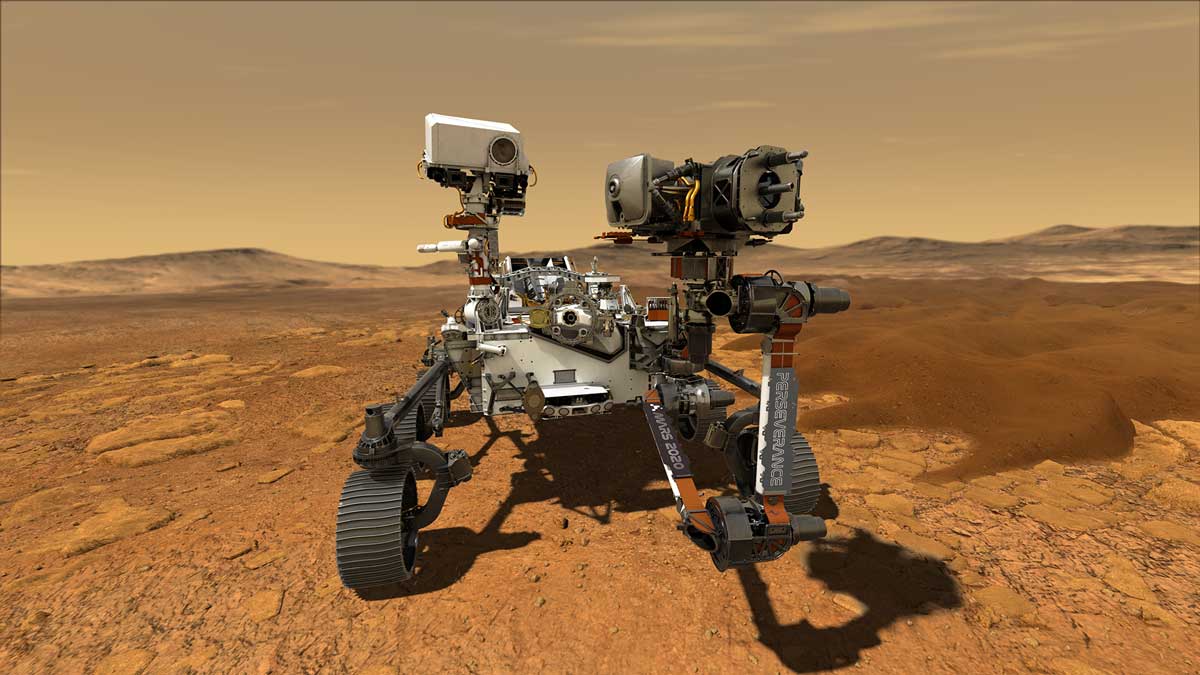
A rover with advanced scientific instruments and many state of the art technologies from NASA is all set to land on Mars this month. Just over 1000 kilograms in weight the perseverance rover will perform scientific explorations on the geology of Mars and the signs of past life on the planet.
This nuclear powered rover is planned for One Martian Year (about 2 Earth years) life span on Mars.
MARS the next human civilization?
So many countries are eyeing Mars in their space exploration missions as they consider Mars to be the third planet that Humans will set their foot on. Even though the red planet has conditions similar to earth it’s also considered as a hostile planet with frequent Dust Storms that prevail over months and months. And also, the Mars atmosphere is very thin (1% of the atmosphere on Earth) and the gravity too is very low compared to ours. Cosmic radiation is also a major problem we will have to face if we are to set foot on Mars.

